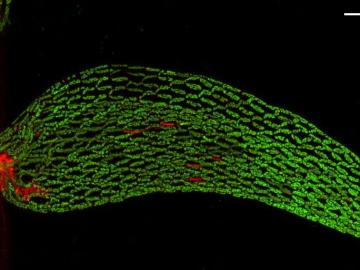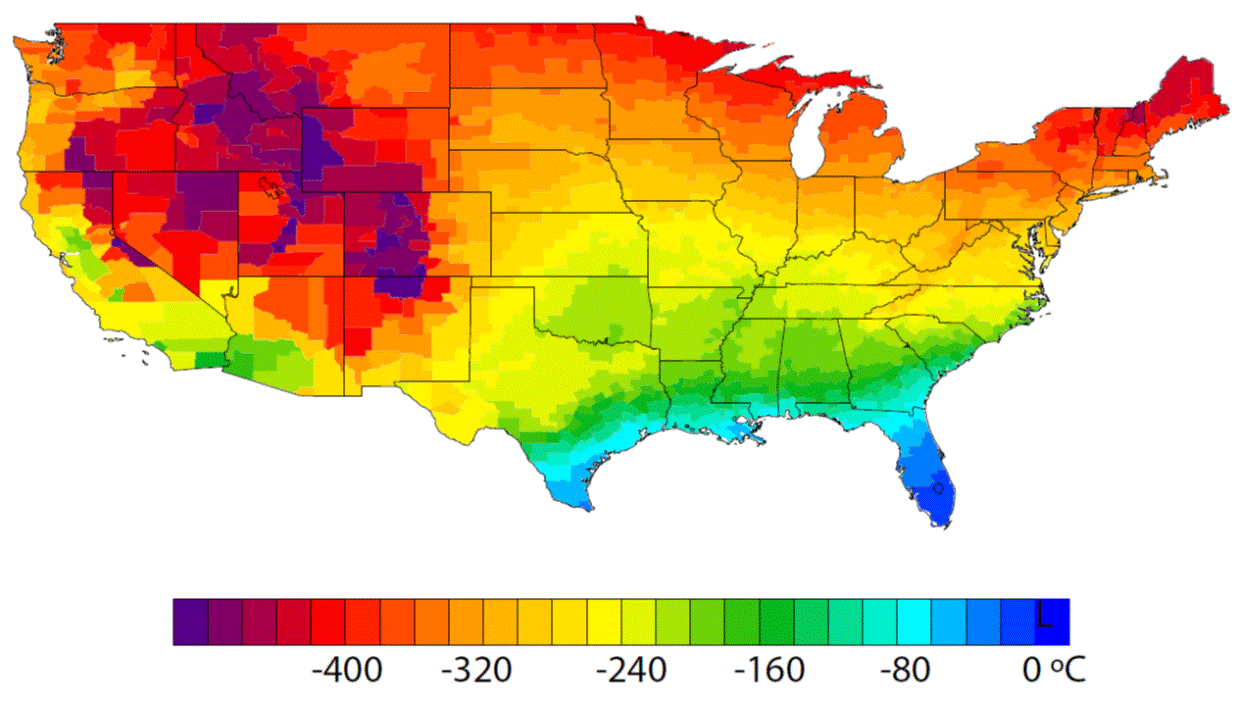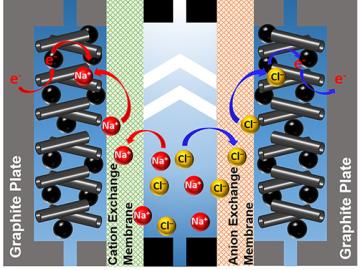
Filter News
Area of Research
- (-) Biology and Environment (28)
- (-) Computational Engineering (2)
- (-) Energy Science (70)
- (-) National Security (4)
- Advanced Manufacturing (4)
- Biological Systems (1)
- Building Technologies (2)
- Computational Biology (1)
- Computer Science (7)
- Electricity and Smart Grid (1)
- Energy Sciences (2)
- Fusion and Fission (3)
- Fusion Energy (6)
- Isotopes (2)
- Materials (18)
- Materials for Computing (4)
- Mathematics (1)
- Neutron Science (23)
- Nuclear Science and Technology (4)
- Quantum information Science (1)
- Sensors and Controls (1)
- Supercomputing (13)
- Transportation Systems (2)
News Type
News Topics
- (-) Big Data (5)
- (-) Bioenergy (11)
- (-) Biomedical (3)
- (-) Energy Storage (21)
- (-) Environment (32)
- (-) Grid (17)
- (-) Security (1)
- (-) Transportation (28)
- 3-D Printing/Advanced Manufacturing (23)
- Artificial Intelligence (3)
- Biology (16)
- Biotechnology (3)
- Buildings (13)
- Chemical Sciences (1)
- Clean Water (7)
- Composites (9)
- Computer Science (14)
- Coronavirus (4)
- Critical Materials (4)
- Cybersecurity (1)
- High-Performance Computing (4)
- Hydropower (4)
- Machine Learning (4)
- Materials (13)
- Materials Science (9)
- Mathematics (1)
- Mercury (2)
- Microscopy (2)
- Nanotechnology (1)
- Nuclear Energy (1)
- Polymers (5)
- Simulation (2)
- Space Exploration (2)
- Statistics (1)
- Summit (1)
Media Contacts

A team of scientists found that critical interactions between microbes and peat moss break down under warming temperatures, impacting moss health and ultimately carbon stored in soil.

A detailed study by Oak Ridge National Laboratory estimated how much more—or less—energy United States residents might consume by 2050 relative to predicted shifts in seasonal weather patterns

A new method developed at Oak Ridge National Laboratory improves the energy efficiency of a desalination process known as solar-thermal evaporation.

A team of researchers at Oak Ridge National Laboratory have demonstrated that designed synthetic polymers can serve as a high-performance binding material for next-generation lithium-ion batteries.

A study led by Oak Ridge National Laboratory explored the interface between the Department of Veterans Affairs’ healthcare data system and the data itself to detect the likelihood of errors and designed an auto-surveillance tool

Scientists at Oak Ridge National Laboratory have developed a low-cost, printed, flexible sensor that can wrap around power cables to precisely monitor electrical loads from household appliances to support grid operations.

A team of scientists led by Oak Ridge National Laboratory used carbon nanotubes to improve a desalination process that attracts and removes ionic compounds such as salt from water using charged electrodes.
Higher carbon dioxide levels caused 30 percent more wood growth in young forest stands across the temperate United States over a decade, according to an analysis led by Oak Ridge National Laboratory.

Oak Ridge National Laboratory’s latest Transportation Energy Data Book: Edition 37 reports that the number of vehicles nationwide is growing faster than the population, with sales more than 17 million since 2015, and the average household vehicle travels more than 11,000 miles per year.

Gleaning valuable data from social platforms such as Twitter—particularly to map out critical location information during emergencies— has become more effective and efficient thanks to Oak Ridge National Laboratory.


